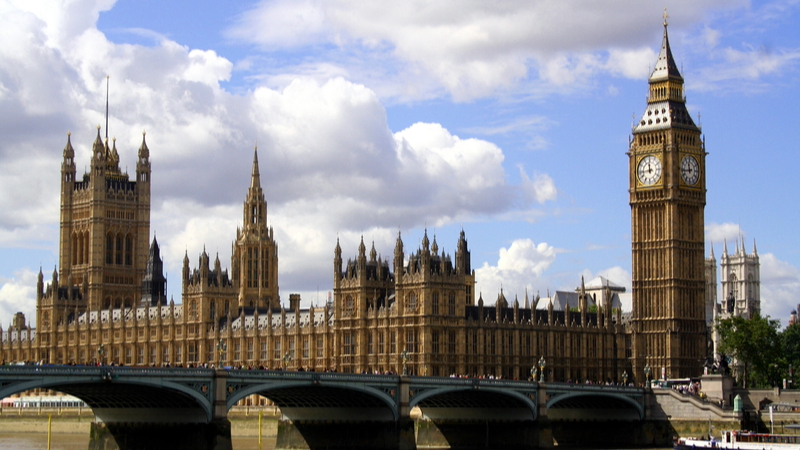A round-up of reactions from industry bodies and professionals to the Building Safety Act secondary legislation and government consultations response.

Last week saw the publication of the first batch of the highly-awaited Building Safety Act secondary legislation.
The new regulations deliver on the recommendations of Dame Judith Hackitt’s report following the Grenfell Tower fire and underpin the new building safety regime initiated with the passing last year of the Building Safety Act.
The Department for Levelling Up, Housing and Communities has also released the responses to three consultations on the new regulations.
The regulations introduce significant reform to building control for all buildings and a new bespoke approach to building control for higher-risk buildings under the new Building Safety Regulator.
A broad welcome
Eddie Tuttle, director of policy, external affairs and research at the Chartered Institute of Building (CIOB), welcomed on behalf of the institute the publication of the new regulations on a post in X, the platform formerly known as Twitter:
The government-sponsored industry body Construction Leadership Council (CLC) also reacted positively to the publication of the secondary legislation.
Karl Whiteman, CLC’s industry sponsor for building safety, said: “The CLC welcomes the publication of these regulations as they start to give the industry much-needed clarity on what is required. We must all understand, prepare and implement the steps that are needed to make change happen.
“We all have a part to play in delivering buildings that are safe.
“The CLC will continue to work with key stakeholders to understand requirements, provide information and update the industry over the forthcoming months.”
The Association for Project Safety (APS), a multi-disciplinary membership body in the construction industry, said it is “pleased” the government has further tightened building safety rules.
APS president Ray Bone said: “Introducing new dutyholders and competence requirements will facilitate the culture change that was asked for by Dame Judith Hackitt by forcing those involved to consider their competence before taking on new work and making those involved accountable for what they do.
“The new building control gateways on higher-risk buildings are also good news for residents who can be assured on projects that come into the new regime that the building that they live in has been designed and constructed to meet the requirements of the Building Regulations and are safe.”
Clarity concerns
RIBA chartered architect John Kellett raised concerns in a LinkedIn comment about the vague qualification requirements for those who design buildings. Further down the post thread, Kellett pointed out that building regulations in other countries such as Australia, Canada and New Zealand require building designers to have a qualification.

Built environment professional Adam Selvey also highlighted on LinkedIn the need for a competence benchmark to ensure that the regulations are fit for purpose:

A thin golden thread
Another area of the regulations that has attracted much attention is how the golden thread will be implemented. In its consultation response, the government has refused to “define digital” or mandate “particular coding standards or exchange mechanisms” – something that some professionals in the industry find concerning.
Chief executive and co-founder of risk and compliance software company TrackMyRisks, Matt Hodges-Long, wrote that multiple references in the new regulations to the Building Safety Regulator (BSR) providing systemic solutions to information sharing and reporting “are quite worrying”.
He also pointed out the lack of guidance on the practical details on how to register higher-risk buildings with the BSR – something particularly worrying since the deadline for registrations is 30 September.
Further secondary legislation relating to the new regime is expected to be published soon, including the Higher-Risk Buildings (Keeping and Provision of Information etc) (England) Regulations and the Building Safety (Regulator’s Charges) Regulations.











